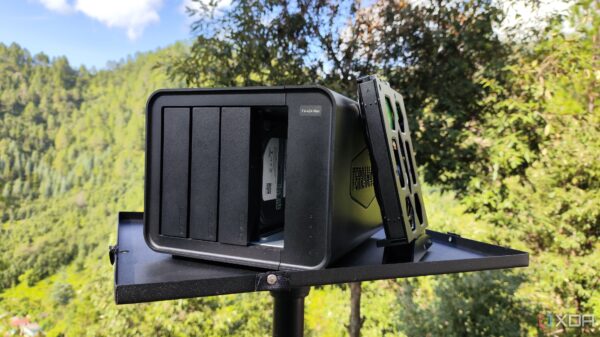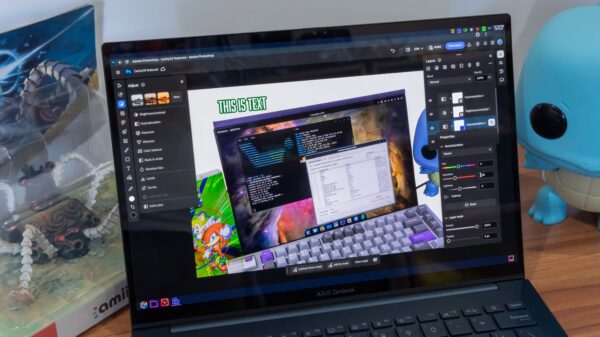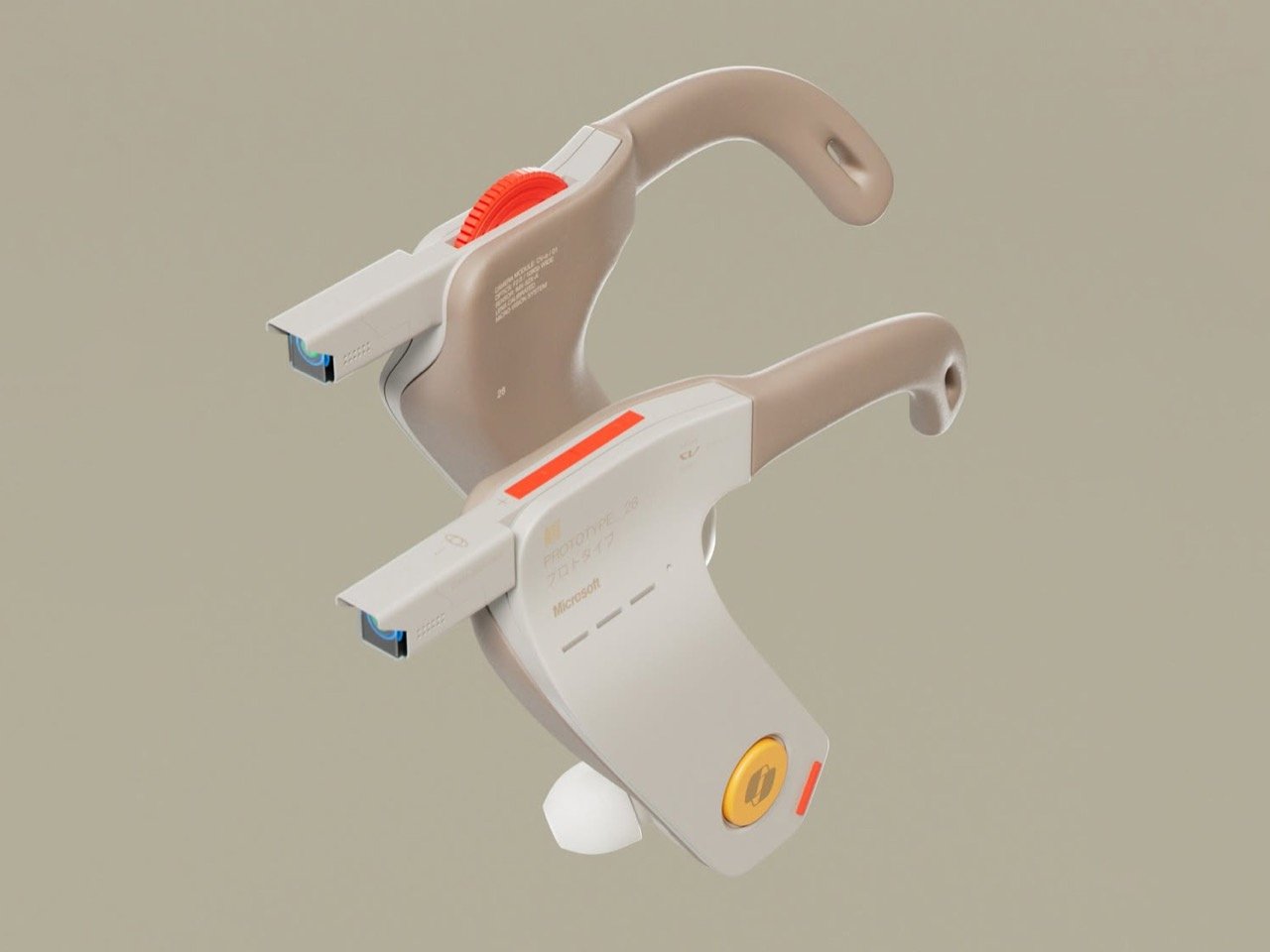BREAKING NEWS: A Microsoft designer has unveiled a groundbreaking concept for a new wearable device called the Copilot Veja, which reimagines the future of augmented reality. This innovative product, designed by Braz de Pina, ditches the traditional headset form and focuses entirely on audio feedback, marking a significant shift in how we interact with technology.
The Copilot Veja, unlike the well-known Hololens, features ear-worn stems equipped with dual cameras and microphones. This design eliminates the need for a heads-up display (HUD), a decision de Pina made intentionally, arguing that most people already have screens in their pockets and on their wrists. “With capable agentic AI, do I really need to see what the AI tells me? Or is it enough to just hear it?” de Pina posed in a recent Instagram post.
The urgency of this announcement cannot be overstated. As technology rapidly evolves, the Copilot Veja proposes an audacious alternative to the conventional visual-centric approach of augmented reality. It utilizes audio as its primary communication channel, aiming for a more natural interaction with AI. De Pina emphasizes that this device could transform the way we communicate with AI, providing real-time context and feedback about our surroundings.
The dual cameras integrated into the Copilot Veja are designed to replicate stereoscopic vision, allowing the AI to analyze the environment in depth while enabling users to capture moments seamlessly. Each ear stem comes equipped with essential controls, including a power button, volume knob, and a dedicated Copilot button.
While this concept is unofficial and not likely to be developed by Microsoft, the implications are profound. With major players like Meta investing heavily in smart glasses, the Copilot Veja stands out as a refreshing take on wearable technology. As Microsoft shifts its focus away from traditional headset technology, this concept could pave the way for a new generation of AI-driven devices.
The urgency of this development is echoed by de Pina’s insights into the current landscape of AI and augmented reality. “An AI that can see what you see and provide instant feedback about your surroundings would allow for quick, natural communication,” he stated, highlighting the potential human impact of this innovative design.
As we move forward, all eyes will be on the evolution of AI and wearable technology. Will the Copilot Veja inspire Microsoft or other tech giants to explore this audio-first approach? The conversation has begun, and the future of augmented reality could very well be different than we imagined.
Stay tuned for further updates on this developing story, as the intersection of AI and augmented reality continues to evolve at a rapid pace.





































































